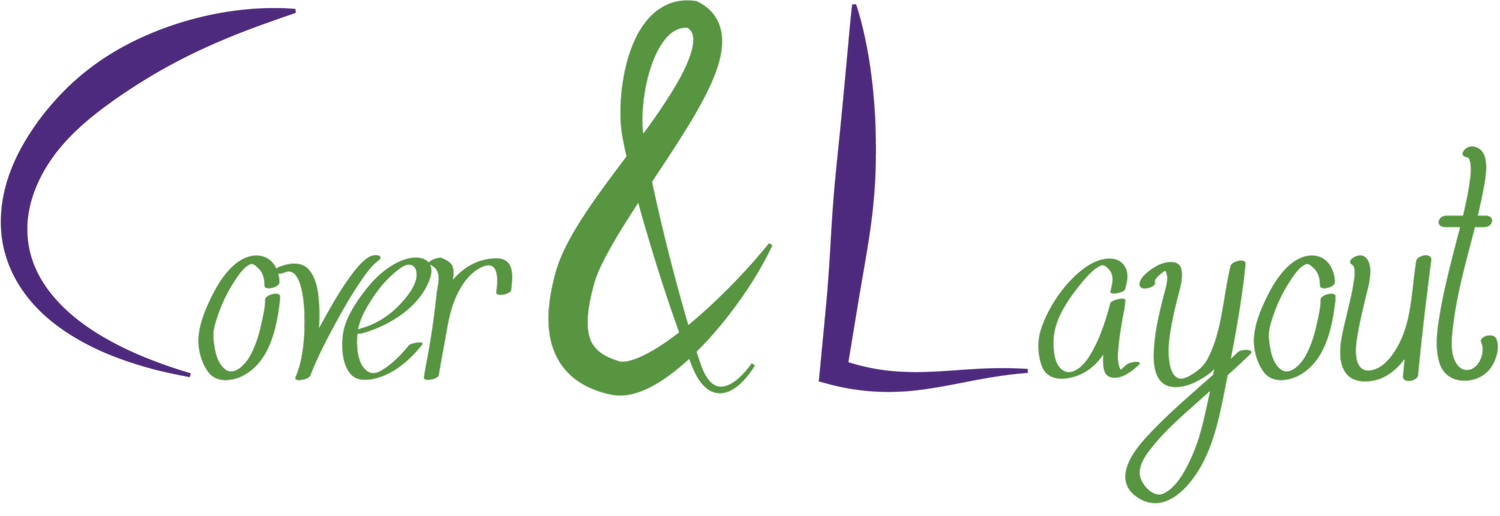Interior design is something that is often considered secondary to most of the different aspects of self-publishing a book. You need a great story. You need great editing. You need a great cover, to draw people in. You need great marketing, to get it out there.
You need all these things, and once someone has bought the book, they’ll read it and your job is done.
But interior design? Meh. It doesn’t help sell your book. And if you’ve sold the story, who cares? It’s not creative, so your super arty designers aren’t interested. They might do it, but probably it’s not top of their list. I actually love the finicky bits of interior design, typesetting and layout, but I seem to be in the minority.
For the most part, the interior of the book is not something you notice. But the point of great interior design is that is something that you shouldn’t notice. Great interior design is something that just sinks into the background when you’re reading the story.
But readers notice bad design. I have a copy of The Story Girl by L.M. Montgomery, now in the public domain. Someone republished it. They took the text, threw it on a page, and printed it. Montgomery’s words are all there. The story is there and it is as great as it’s always been.
The trouble is, and why I never read it, is that it has been very badly designed. They clearly copied the text, probably off the internet, and pasted into another file and pressed “print”. There are bad line breaks everywhere, the spacing is off, and it’s distracting – all things we take for granted when reading a well-made book.
And I won’t buy from that publisher again, even if they reproduce all my favorite childhood books cheaply. The bad design has lost them a customer.
What size book?
There are a lot of things to consider when you’re designing the interior of a book. Firstly, you have to decide on the size. Self-publishing has promoted the 6x9 trade paperback book. It makes sense – the bigger the page, the more words on a page, the fewer the pages, and the cheaper to produce. But you lose the bulk in the spine and it makes the book look shorter. If you go with a smaller size, your page number increases and it gives the book more substance. It is of course all appearance – your story doesn’t change – but as you discovered with your book’s cover, appearances matter. There isn’t a right or wrong size; just what suits you and your story best.
Margins
Once you have decided on your size, the next thing to decide on is the page margins. Createspace has a minimum requirement .25” outside margin on its pages, and a .375” to .875”, depending on page length. But these are minimum requirements, not recommendations – have a look at your favorite books and they will all have much larger margins – often up to an inch.
Fonts and spacing
Conventionally, fonts are serif and set at 11pt or occasionally 12pt for adult books. Young adult text is often 12pt and some nonfiction/academic works will be reduced to a smaller size. It is important to remember that all fonts are not created equal: Times New Roman 12pt is not the same as Garamond Premiere Pro 12pt.
Microsoft Word spacing gives you the option of single, 1.5 and double space. Great for manuscripts, less so for your printed book: books generally use a ratio of 1.2. Most design programs set this leading automatically for you, but if you are setting it yourself, you will have to work it out and set the formatting.
Styling
Styling your book is important and sets your book from the others. Chapter headings, headers or footers, page numbers all vary from book to book and you can be as creative or not as you like, although there are some guidelines. You can continue your cover design inside here, using the fonts from your title as a chapter heading, or subhead text in non-fiction. You can use a drop cap for the chapter beginning, or capitalize the first (pick a number) of words or lines. All of these look great – just not all together!
You can keep the pages simple by having just the page number, centered or at one corner or another. Centering them has the advantage that you don’t need to worry about whether the page will be left or right-hand. You can add more design by incorporating your title and/or name into a header or footer, and you can continue using your cover fonts here, which can give your book a nice, consistent look.
It is all of these elements that will come together to make your book look professional and well designed. You might not notice them when you’re reading, but pay attention to them when you are designing your book.
